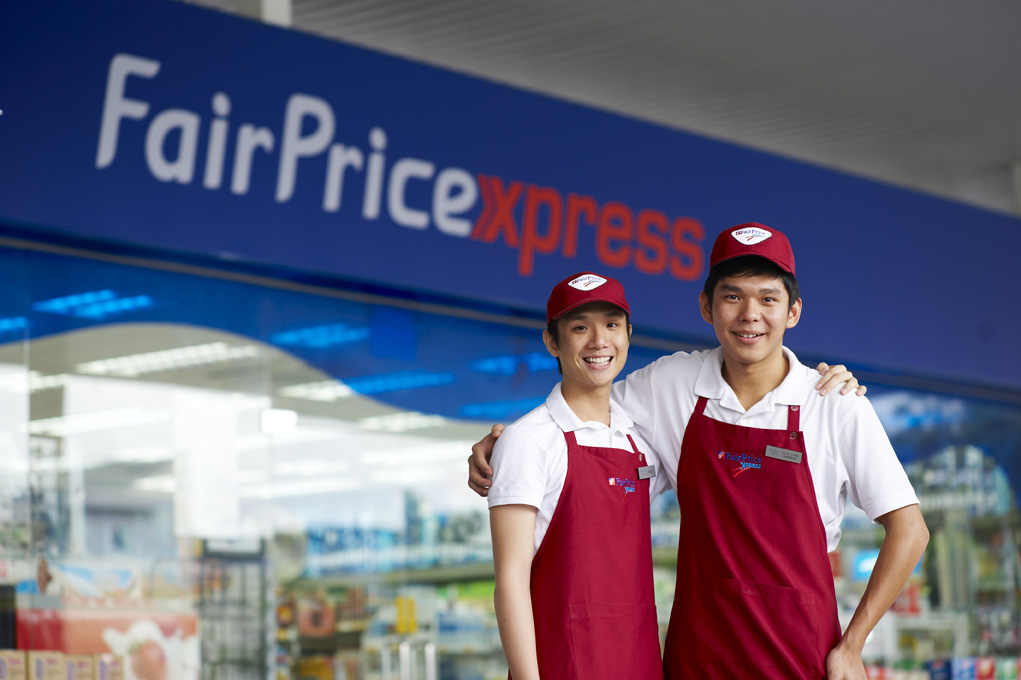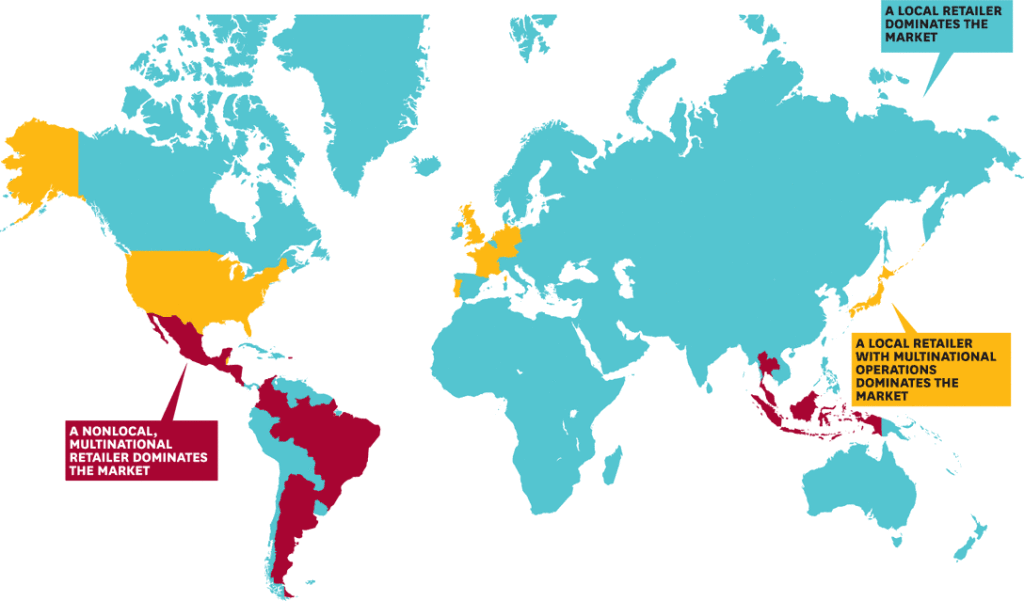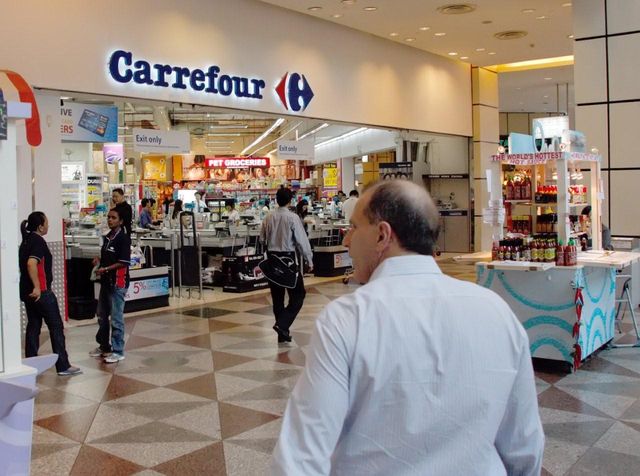
NTUC FairPrice holds its ground through innovative concepts like FairPrice Express (courtesy of FairPrice)
Wonder why NTUC Fairprice and Cold Storage rules the grocery retail scene in Singapore?
Or why huge players like Wal-Mart and Target have largely stayed away from our shores?
In a world of global brands by FMCG players like Nike, Coca-Cola, Apple and P&G, it appears almost counterintuitive that huge retailers like Wal-Mart (the world’s largest company), Carrefour and Tesco are still largely local.
Here in Singapore, for example, NTUC Fairprice and Cold Storage have continued to remain as dominant supermarket players which managed to hold their ground despite the threat of the huge conglomerate Carrefour.
Local Players Dominate Grocery Retail
According to the article “Retail Doesn’t Cross Borders” in Harvard Business Review by Marcel Corstjens and Rajiv Lal, grocery retailers do not scale as well as other retailers (like fashion or luxury) internationally due to the following factors:
- Retailers face many barriers to entry in foreign markets. These include strong local incumbents that occupy premium real estate, entrenched competition and the lack of good sites.
- Grocery retailing is a high-fixed cost, low-margin business that can accrue only over time. For example, Wal-Mart only broke even in the huge China market after 15 long years of investment.
- Foreign entrants often have to take on incumbents that are “country killers” which operate exclusively in the home turf. These local players better understand local consumer needs and tastes, and have a huge home ground advantage.

Most retail markets are dominated by local players in light blue (courtesy of HBR.org)
Against such a backdrop, how can retailers bring their businesses across borders in a successful manner?
Four Ways Retailers Can Go Global
Here, the authors suggested various rules (paraphrased by me):
#1 Get a Grip On Your Home Market
First, get a strong grip on your home market. The stronger your positioning at home, the better your changes of sustaining overseas investments.
To grow your home market, here’s what retailers can consider:
- Grow existing formats to proliferate – even in mature markets. Reach as widely as possible so that you can “saturate” your home base before expanding internationally. This helps you to generate much needed cash flow to fund new overseas ventures.
- Expand into new formats that can help to serve different customer segments with different kinds of retail experience. An example is Wal-Mart’s establishment of its Bodega Aurrera and Mini Bodegas chains to cater to the Latin market in Mexico.
- Leverage the brand, using the equity that the brand enjoys with consumers – values, beliefs and perceptions – and find ways to develop new products and services that are consistent with those qualities.
#2 Bring Novelty to the New Market
Second, always bring something new to the market. By injecting an element of novelty, retailers can help to fill a gap in the foreign market.
Trying to beat an incumbent player by offering the same product at a lower price isn’t going to work.
#3 Differentiation > Back-Office Economies of Scale
Third, differentiation may be more important than synergies in a retail chain.
While back-office economies of scale like IT, finance, central purchasing and logistics can be enjoyed in foreign expansions, retailers need to ensure that they buy and stock up on what they can sell, rather than to sell what they have already bought.
#4 Timing is Everything
Finally, the timing is critical in entering a market.
Too soon and you may face shoppers who aren’t ready for new concepts (eg hypermarkets) or the lack of reliable suppliers.
Too late, and you may miss the most attractive opportunities available.
A key here is to identify the right format of your retail outlet to suit local trends. Closely study lifestyle consumption patterns and trends, and keep your pulse on consumer preferences and purchase patterns long before you sink the piles into your first outlet.
For more information, check out the article on HBR.org here.
NEWS FLASH (28 Aug 2012): Barely two months after my post above, Carrefour has announced that it will be shutting both its stores at Suntec City and Plaza Singapura in Singapore before the end of the year. The major French-based hypermarket chain has been in Singapore since 1997. It is doing this as part of a move to leave Singaporean, Malaysian and Thai markets. Unfortunately, more than 380 employees will be affected.
More details in TODAY’s report here.

Carrefour closes in Singapore after 15 years (courtesy of IMS)

I think an imp factor is location. Carefour not only has to compete with other hypermarkets, but also the normal supermarkets. Here it definitely loses out to the local boys who are located in the heartlands.
Using my family as an example, of its location. I have never stepped into Carefour at Suntec and don’t even know that they have an outlet at Plaza Singapura until now.